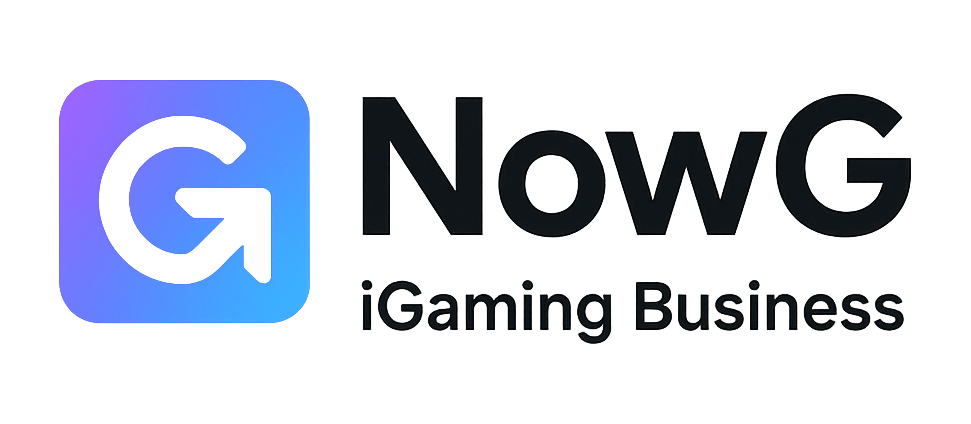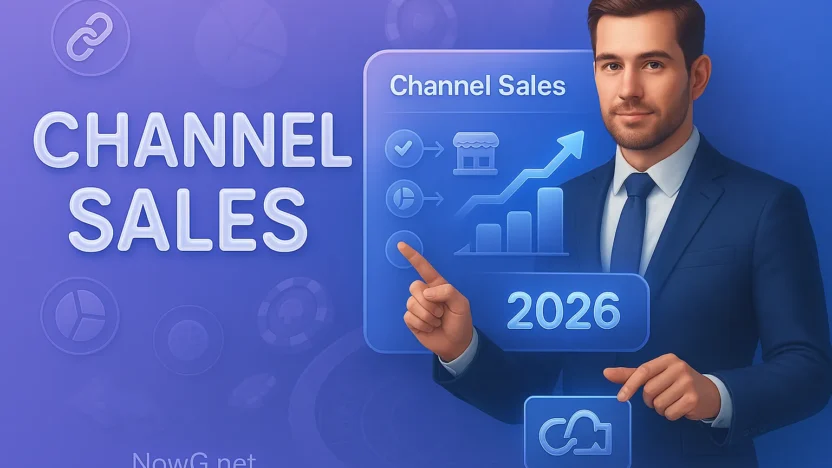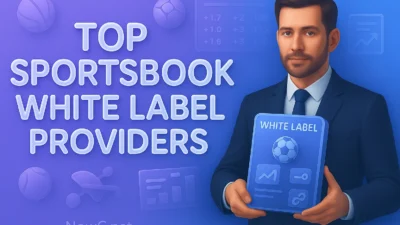Last Updated on November 19, 2025 by Caesar Fikson
Channel sales is simple in theory—sell through partners instead of only selling to customers—but the reality is a system of incentives, enablement, and rules that must fit your product and your market like a glove. We write this as operators who’ve seen channels unlock new revenue in weeks—and stall for months when the foundations weren’t right. If you’re a business owner deciding whether to lean into resellers, distributors, marketplaces, or referral partners, this guide gives you the whole picture: definitions, strategy, program design, and day-to-day operations.
What Is Channel Sales?
Channel sales is a go-to-market model where independent third parties—resellers, distributors, referral/affiliate partners, systems integrators (SIs), value-added resellers (VARs), or marketplaces—sell, implement, or influence your product on your behalf. You share margin or pay incentives; in return you gain reach, credibility, localization, and scale you can’t hire fast enough to replicate.
Direct vs. Channel (at a glance)
| Dimension | Direct Sales | Channel Sales |
|---|---|---|
| Customer ownership | You own contract & billing | Partner may own billing or influence deal |
| Speed into new geos/segments | Hire & ramp reps | Leverage partner footprint instantly |
| CAC | High fixed cost per rep | Variable (margin/rebates/SPIFs) |
| Control of messaging | High | Moderate (needs enablement & QA) |
| Gross margin | Highest per deal | Lower per deal; higher throughput |
| Data visibility | Native | Depends on PRM/deal reg discipline |
Channel is not “cheaper sales.” It’s different economics: you trade some margin for distribution efficiency and trust. When the math works (more on that below), the model compounds.
Common Channel Models (and when to use them)
| Model | Who bills? | Typical partner margin | Best when | Notes |
|---|---|---|---|---|
| Referral / Affiliate | You | One-time % or tiered bounty | Simple products; early channel motion | Fastest to start; low ops overhead |
| Reseller | Partner | 10–35% (tiered) | Need local invoicing, bundling, or services | Requires price list, discount guardrails |
| Distributor (2-tier) | Distributor to reseller | Distributor 3–10% + reseller margin | Large regions; many small resellers | Great for hardware & catalog-driven sales |
| VAR / SI | Partner | Lower product margin + services $$ | Complex deployments, integrations | Co-sell motion; services are the hook |
| Agent / Broker | You | Recurring % of MRR | Subscriptions; operators prefer “no buy/sell” risk | Clear attribution rules are vital |
| Marketplace | Marketplace | Owned take rate | Where buyers start their journey (SaaS, app stores) | Listing quality and reviews matter |
| OEM / White-label | Partner | Wholesale pricing | Feature becomes part of partner’s product | Fewer logos, huge volume potential |
💡 Pro tip: build a partner ICP (P-ICP) the same way you build a customer ICP. Define ideal geos, verticals, tech stack, services mix, and book of business. Recruit to spec, not to volume.
When Channel Makes Sense (the economics)
Channel shines when buyers prefer local suppliers, need integration or services, or discover products through trusted advisors. Run the math before scaling:
Partner Take Rate (PTR): gross margin you share via discounts/rebates/SPIFs.
Channel Adjusted CAC = (Enablement cost + MDF + SPIFs + PRM/LMS + Partner manager comp) ÷ Partner-sourced closed-won. If Channel Adjusted CAC < Direct CAC—and LTV stays healthy—you’ve found leverage.
Signal to go channel-first: you see repeat inbound from consultants, agencies, or integrators; your sales cycles shorten when a third party is involved; or entering a new region requires local billing and language your direct team can’t cover quickly.
Channel Sales Strategy (from positioning to incentives)
1) The partner value proposition (PVP). Partners don’t sell features; they sell outcomes and services. Your PVP should answer: How does reselling you expand their revenue per account, win rate, and retention? Spell out attachable services (implementation, training, managed services) and average services dollars per deal.
2) Rules of engagement (ROE). Decide how deal registration, lead sharing, and conflicts work. Make ROE public to partners, enforce it, and avoid case-by-case exceptions that erode trust.
3) Incentive stack. Blend front-end discounts (margin) with back-end rebates (for growth, multi-year, or new logo targets). Add short, surgical SPIFs for quarterly focus (e.g., attach a specific module). Keep it simple; complexity kills momentum.
4) Co-marketing & co-selling. Partners rarely create demand from thin air. Equip them with joint webinars, local events, and sales plays. For complex solutions, co-sell with your AEs until the partner demonstrates independence.
💡 Pro tip: craft a “better-together” one-pager for each priority partner type (agency, SI, distributor). Include: ideal customer profile, 3 use cases, sample ROI, services menu, and the first 3 motions you’ll run together.
Program Development: Build It Right the First Time
Here’s a simple, defensible sequence we use when standing up channel programs. Follow it in order; skipping steps shows up later as conflict, stalled partners, or leaky forecasts.
- Choose your primary model (referral, reseller, or distributor) and the first two geos/verticals to target.
- Define partner ICP and publish a recruiting brief (size, certifications, installed base, services mix).
- Design incentives: entry margin, tiered back-end rebates, and a simple SPIF calendar.
- Write ROE & deal reg policy: eligibility, protection period, conflict resolution, and renewal rules.
- Package enablement: a 90-minute foundation course, demo scripts, pricing/quote guides, and a shared library.
- Stand up tooling: PRM (for deal reg & content), LMS (training), and a lightweight MDF request workflow.
- Recruit pilot partners (6–12) and run a 90-day activation plan with a named channel manager.
- Review & scale: graduate successful pilots to higher tiers; pause or exit non-performers.
Tiering & Benefits (an example you can adapt)
| Tier | Entry criteria | Commercial benefits | Support benefits |
|---|---|---|---|
| Registered | Signed agreement; 1 trained seller | Base margin | PRM access; on-demand training |
| Silver | >= 2 deals/yr or $X GMV; 2 trained sellers | +5% margin; deal reg protection | Quarterly office hours; shared case studies |
| Gold | >= $X revenue/yr; 1 certified engineer | +10% margin; 2% back-end rebate | Dedicated channel manager; MDF eligibility |
| Platinum | >= $X revenue/yr; 2 certified engineers; CSAT > 90% | Best margin; 4% back-end rebate; co-sell priority | Joint business planning; roadmap briefings |
Keep tiers few and meaningful. Every extra rung adds maintenance and confusion for partners and your team.
Activation & Enablement: Turn Partners into Producers
Your first 90 days with a new partner decide almost everything. Treat activation like onboarding a new AE: curriculum, targets, and a small set of executable plays.
| Window | Objective | What you deliver | What partner delivers |
|---|---|---|---|
| Days 1–30 | Enablement complete | Foundations course, demo kit, pricing guide, talk tracks | 2 sellers trained; 1 engineer familiar with deployment |
| Days 31–60 | Pipeline created | Joint webinar deck; email templates; 1 co-marketing campaign | 10 qualified opportunities sourced or influenced |
| Days 61–90 | First revenue | Co-sell support; deal desk; customer references | 1–2 closed-won; 60-day forecast submitted |
Document activation requirements in the partner agreement. If either side misses critical milestones, reset the plan or part ways quickly and amicably.
Incentives That Work (without wrecking margin)
Front-end margin: simple, tiered discounts at quote time. Avoid “specials” that train partners to wait for exceptions.
Back-end rebates: pay for growth behaviors (new logos, multi-year deals, cross-sell). Keep payout windows short to reinforce action.
SPIFs: micro-bonuses for reps at partners (e.g., $X per attached module). Time-boxed and easy to claim.
MDF: small, fast approvals for proven motions (events, webinars). Tie to pipeline and require post-activity reporting.
💡 Pro tip: publish a one-page price/discount policy with clear floors and MAP guidance. Give your channel managers authority to approve within guardrails—waiting on a committee kills deals.
Forecasting & KPIs (leading vs. lagging)
Track the inputs that predict revenue, not just the outputs. Then standardize reporting across partners so you can compare apples to apples.
| KPI | Type | Why it matters |
|---|---|---|
| Partner activation rate | Leading | % of recruited partners that complete onboarding milestones |
| Time to first deal | Leading | Measures enablement effectiveness; aim for <90 days |
| Registered pipeline ($) | Leading | Early indicator of next-quarter bookings |
| Attach rate (modules/services) | Leading | Predicts ACV expansion and partner services revenue |
| Partner-sourced bookings | Lagging | Core output—ties to payouts and tiers |
| Win rate (deal reg) | Lagging | Validates the quality of partner-generated ops |
| Gross margin after incentives | Lagging | Keeps the program financially healthy |
Avoiding Channel Conflict (and what to do when it happens)
Conflicts aren’t a bug; they’re a sign the engine is running. Your job is to resolve them fairly and fast. Use a clear lead source hierarchy (who touched the customer first, who developed the deal) and protect registered deals for a fixed window (e.g., 120 days). For renewals, default to the incumbent partner if they’re meeting service and CSAT obligations. If multiple partners contribute, split recognition and, where appropriate, split incentives. Document a two-step escalation path and commit to SLA-based decisions.
Tools & Operating System
You don’t need a giant tech stack, but you do need a single source of truth. At minimum: a PRM to manage partner records, content, and deal registration; an LMS for training/certification; a simple MDF workflow; and clean CRM fields to distinguish partner-sourced, partner-influenced, and direct deals. Add CPQ for channel quotes and a shared asset library with co-branding for top tiers. Quarterly joint business reviews (JBRs) turn data into action: review pipeline, enablement gaps, and a 90-day plan.
Industry example: when channel accelerates adoption
Consider a platform selling into multi-region operators that prefer local account management and bundled services. A reseller/SI network can shorten sales cycles by pairing your product with on-site training, data migrations, and regional integrations. Distributors can manage dozens of smaller resellers you couldn’t possibly recruit one-by-one. Meanwhile, a referral layer (consultants, niche agencies) keeps your top-of-funnel full without bloating headcount. Same product, three channel motions—each covering a different buyer behavior.
12-Month Channel Roadmap (sample)
| Quarter | Focus | Milestones |
|---|---|---|
| Q1 | Design & pilot | Model selection; ROE; incentives; 8 pilot partners recruited; PRM/LMS live |
| Q2 | Activation | ≥70% activation; 2 joint campaigns; first 10 closed-won channel deals |
| Q3 | Scale | Tiers live; 20% partners upgraded; second geo launched; attach rate baseline set |
| Q4 | Optimize | Rebate review; conflict rate <5%; partner NPS > 50; next-year JBR plans locked |
Bottom line: channel sales works when the math is honest, incentives are simple, enablement is real, and ROE is enforced. Start focused, measure the right leading indicators, and scale with partners who prove they can win with you.
💡 Pro tip: your two most predictive numbers are time to first deal and registered pipeline per active partner. If those slip, pause recruitment and fix activation before adding more logos to your website.
Conclusion
Channel is leverage. Treat partners like an extension of your field team, give them a compelling economic story, and remove friction in how you market, sell, and fulfill together. Do that, and channel bookings become a steady, compounding line in your forecast rather than a quarterly gamble.
CTA: Want ready-to-use templates for ROE, tiering, and 90-day activation? Use our free NowG tools for channel planning, deal registration rules, and partner scorecards (no signup required).
FAQ About Channel Sales
What is channel sales in simple terms?
Selling your product through third parties (resellers, distributors, referral partners, marketplaces) instead of only through your in-house team. You trade some margin for reach, trust, and scalability.
When should a business add a channel program?
When buyers prefer local suppliers or services, when you need faster geo expansion, or when your Direct CAC is rising while trusted advisors already influence deals. Run the economics: if Channel Adjusted CAC is lower than Direct and LTV holds, it’s time.
What incentives do partners actually care about?
Predictable front-end margin, simple back-end rebates for growth behaviors, fast SPIFs for their reps, and real MDF for proven motions. Simplicity beats exotic schemes.
How do I prevent channel conflict with my sales team?
Publish clear rules of engagement and deal registration. Protect registered deals for a fixed window, define renewal ownership, and set an SLA for conflict decisions. When multiple parties contribute, split recognition and, where appropriate, split incentives.
Do I need a PRM to start?
You can pilot with CRM fields and a shared drive, but a lightweight PRM quickly pays for itself by standardizing deal reg, assets, and partner comms. Add LMS for training/certification as soon as you scale beyond a handful of partners.
What are the top KPIs for channel health?
Partner activation rate, time to first deal, registered pipeline, win rate on registered deals, partner-sourced bookings, attach rate for modules/services, and gross margin after incentives.
How many partner tiers should we offer?
Three or four maximum—each with clear entry criteria and step-up benefits. Too many tiers create confusion and administrative drag without improving performance.
How long does it take for a new partner to produce revenue?
With a tight 90-day activation plan (training → pipeline → first closes), you should see first revenue inside three months. If not, diagnose enablement gaps or fit and adjust quickly.




